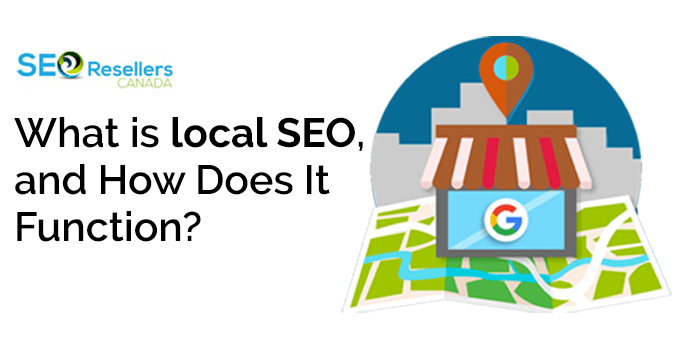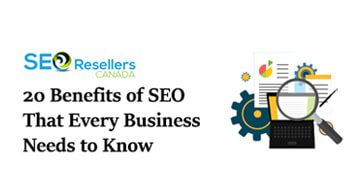Hubspot says that 94% of first impressions of a business are related to website design. This interesting statistic provides a glimpse of the way web design drives business top lines. Conversely, poor web design will lead to lower engagement and conversions. A recent study shows that 90% users will exit a poorly designed website.
If you take a closer look, you will see that most of the visitor churn happens due to a web design issue.
In order to tackle this problem, we bring to you a helpful guide on the common web design mistakes that come in the way of a stellar user experience.
0.1- Ignoring Mobile-first Design

Many websites still aren’t optimised for mobile, which is surprising, given the fact that 90% of websites have adopted responsive web design. Be it for traffic or purchases, smartphones have overtaken laptops as the primary device.
The Issue- Websites not optimised for mobile suffer from poor navigation. Their page load speed is poor and often shows readability issues. This is sure to increase bounce rates and lead to user frustration.
The Solution- A web design expert can optimise the website for mobile devices. This will result in better navigation and faster loading webpages. Users will be able to get a consistent look and feel of the site irrespective of whether it is viewed on a mobile device or on a desktop.
0.2- Poor Navigation
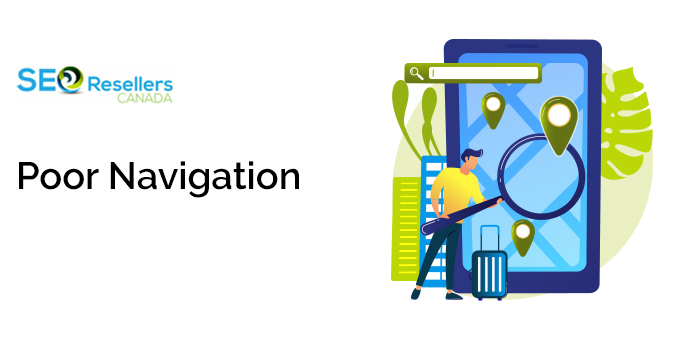
Visitors look forward to an intuitive flow and structure inside a site. But many sites force them to search for information. Due to this issue, visitors find it hard to browse the different pages of the website. They may end up taking a lot of time finding the information they are looking for. Obviously, this is a big UX red flag.
The Issue- Many companies set up site navigation as per internal business logic rather than user needs. This might lead to high bounce rates and lower conversion rates.
The Solution- You need to simplify your main menu and retain just 5 to 7 items in it. Add touch-friendly menus with proper spacing between options/buttons. Including breadcrumbs and a search bar will work wonders for site navigation.
0.3- Unclear Calls-to-Action

A CTA usually guides a visitor on the next step to take after they have gone through a webpage or blog. The intention will be to land them on a ‘Contact Us’ page where they can send business enquiries for your product or services. But without clear guidance on driving specific actions, even engaged visitors will abandon the site.
The Issue- Unclear or non-existent CTA buttons. As a result, the page fails to direct them to the next step.
The Solution- Use a web design expert to design effective CTAs. They will use contrasting colours and a bigger font size to enable better visibility. Plus, they will put the appropriate text like ‘Buy Here’ instead of the generic and confusing ‘Next.’ With A/B testing, they will integrate the ideal CTA that will drive action.
0.4- Images Not Optimised
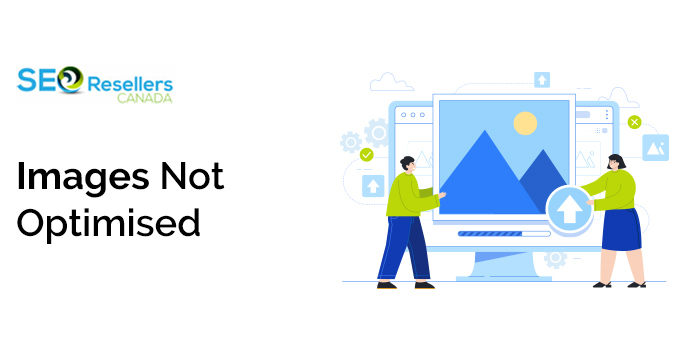
You may prefer having high-resolution 4K images put up on your site. But this will be a big mistake as it can drastically slow down your site’s load speed. After all, what is the use of a stunning image if there are no viewers to see it?
The Issue- Use of heavy image files that delay load speed and erode user experience on the site.
The Solution- Add .webp or .jpg files instead of .png files. Also, compress them using tools like WP Smush and tinypng.com to ensure light files that boost site loading speed.
0.5- Overusing Intrusive Pop-ups
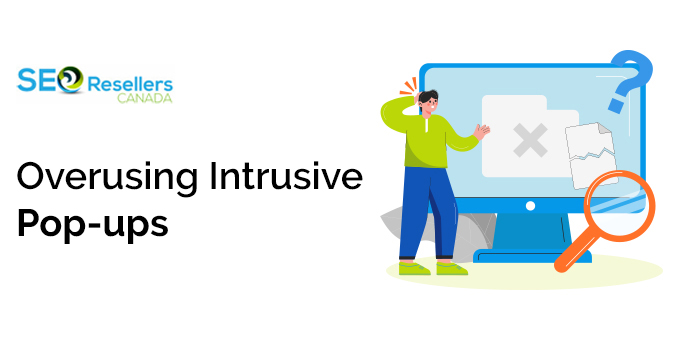
Pop-ups help generate leads (like those in newsletters). But a common mistake is the tendency to go overboard with these pop-ups, which can drastically decrease the overall user experience.
The Issue- Users feel frustrated with pop-ups that interfere with their browsing experience. Examples may include immediate demand for sign-ups or disruptive ads. Pop-ups of this nature affect UX if they are not well placed within the content. They also tend to increase the bounce rate.
The Solution- Use pop-ups strategically. It is wise to postpone them until visitors engage with the content. Also, you should not block essential elements of your web pages with pop-ups. Determine the frequency and manner of using them with the help of A/B testing.
Even legal norms like GDPR call for unobtrusive pop-ups. The most important thing is to show value (offers or discounts in such a case will serve as a good reason for attracting clients’ attention in general with some kind of offer or message.
0.6- Bad Font Size & Readability Choices

Poor typography and a cluttered layout can mess up your dwell time. Visitors want a clean and positive experience when interacting with your content. Illegible fonts and insufficient contrasts can create visual fatigue – certainly an unwanted occurrence on your site.
The Issue- Tiny or highly decorated texts make reading difficult, particularly on mobile devices. Non-uniform sizes can further erode user experience.
The Solution- Go for adaptive, readable fonts. Experts suggest 16px font sizes for a universal audience. You should also try to employ appropriate hierarchy (titles differ from the main text). Check if your colour contrasts pass WCAG recommendations (at least 4.5:1).
It is important to provide sufficient whitespace for breathability when reading. Here, you can combine line spacing (1.5x times the font size) with enough space between paragraphs to create text that can be quickly skimmed.
0.7- Bad Content Organisation
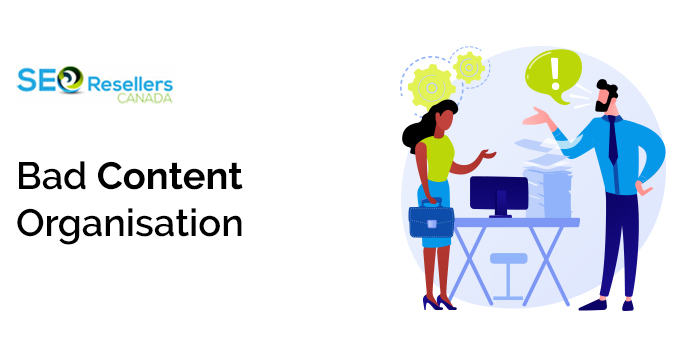
As your website continues to grow, you will add more webpages and blogs. But if done haphazardly, it can lead to poorly organised content structures. This will confuse site visitors and lead to abrupt site abandonment.
The Issue- Lack of timely audit of information structure can lead to chaos in content organisation.
The Solution- You need to regularly assess your information structure as your site expands. You need to ensure clarity in visual structure within every single webpage (H1 to H5 headings). Also, it is better to create scannable content, which has paragraph breaks after every 3-4 lines. Try to use accordion elements (like ‘Read more’ links or tabbed elements) to present complex information in a phase-wise manner.
0.8- Not Addressing AI Overviews

We live in the age of AIO and GEO. You need to optimise for it with your web design and content. But many designers ignore this important SEO parameter for landing on Google AI Overviews citation.
The Issue- Not optimising for AI Overviews, thus leading to lower visibility on top spots in searches.
The Solution- You need to enhance the user experience with a few concrete steps meant exclusively for AI Overviews. To begin with, you need to ensure that the site is mobile-responsive. The content needs to be structured in a logical way.
Also, you need to develop content that addresses key customer questions. From a technical standpoint, you should definitely aim for fast-loading sites and intuitive navigation. This way, any page will be within reach within 3 to 4 clicks from your homepage.
0.9- Ignoring Site Metadata

You shouldn’t ignore metadata simply because it is not visible to users on the front end. Poorly implemented metadata can severely impact your click-through rates and hinder smooth indexing of the content. You need to first create a detailed audit to see what is missing. Then, you can create a plan to fill the gaps and improve your metadata profile.
The Issue- Web designers focus a lot on the visual elements visible to the customers and fail to pay attention to the behind-the-scenes meta tags.
The Solution- Web designers can optimise meta tags for keywords and descriptive context. Keep meta titles between 50-60 characters and a 155-character meta description. Add alt-text to your images to describe what it is about. Also, it is a good idea to implement structured data markup for eligible content types.
1- To conclude
This was a peek into the common problems in web design that can erode credibility and conversions. Keep these mistakes in mind so that your website doesn’t have these issues. Connect with a dependable web design expert like SEO Resellers Canada for a seamless and smooth user experience when they visit your website.
2- FAQs
Q- How can I balance aesthetics and functionality in web design without compromising performance?
You need to give priority to performance along with a visually appealing design. For this, you can optimise media with alt-text, lazy loading, and image compression. Next, you can limit excessive CSS/JavaScript animation to speed up page load time.
Q- What is the role of colour psychology in web design?
The ideal colour psychology can help improve user experience. You can take care of this point with proper text-background contrast numbers. It is vital to stick to one or two primary colours to avoid visual chaos. Also, make sure to use contrasting colours in CTA buttons to help it stand out.
Q- How to future-proof my web design?
You should think about adapting to evolving trends in this domain. Use a modular design that facilitates new content or redesigns. You can accomplish this with the help of flexible grids and components. Another idea is to make the page ready for AI Overviews citation with proper structuring and answering commonly asked questions. Do regular audits to fine-tune outdated elements like fonts and layouts.
















